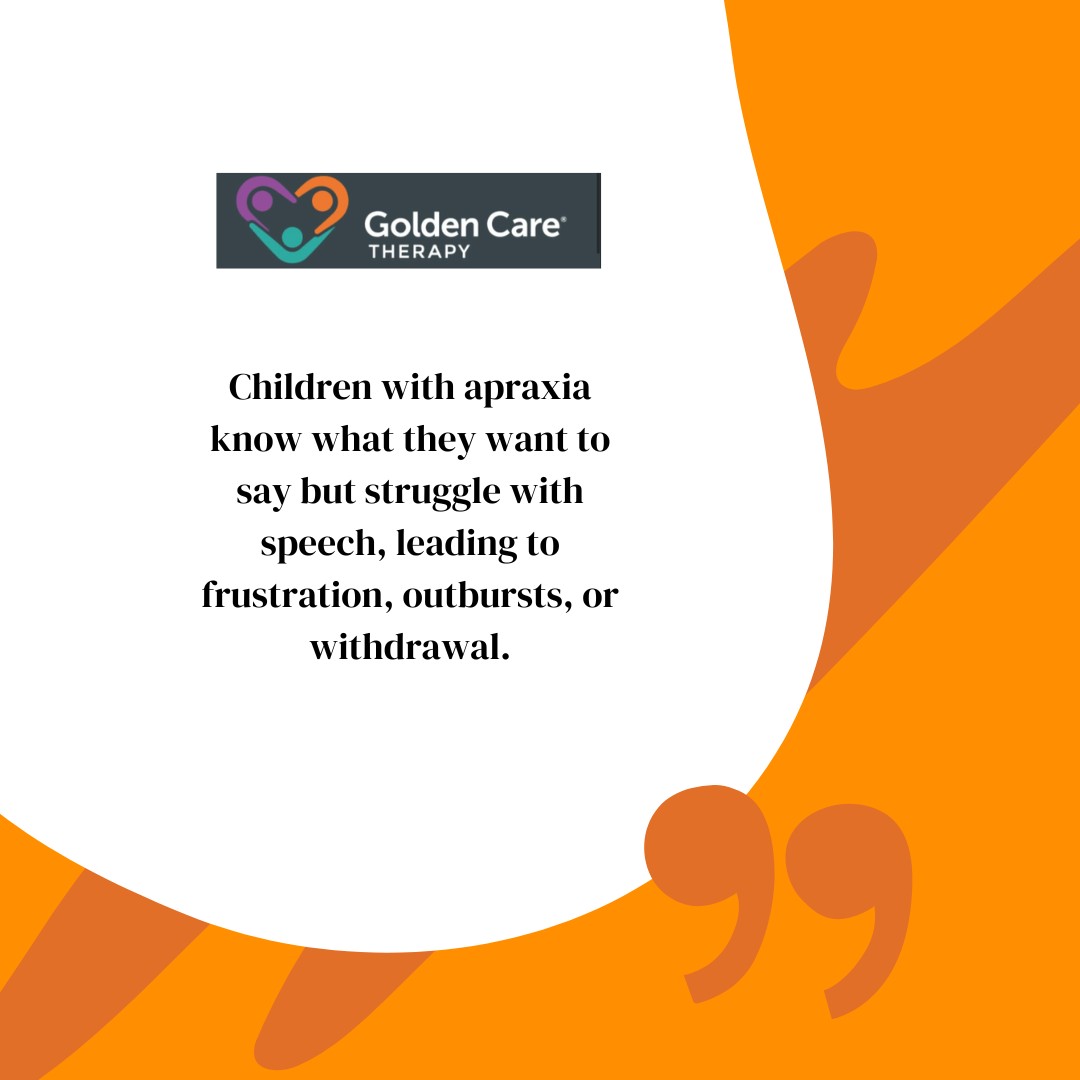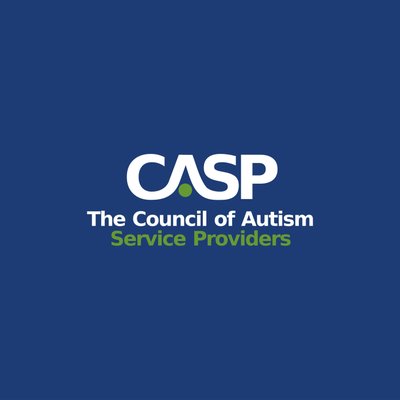Speaking comes naturally to most people, but for some autistic individuals, forming words and coordinating speech can feel like an impossible challenge. Fragile X syndrome is often associated with speech delays, and apraxia of speech is one of the lesser-known struggles in autism, making it difficult for a person to plan and execute the movements needed for clear communication.
Words may get stuck, sounds might come out in the wrong order, or speech could be completely absent despite a strong desire to express thoughts.
Understanding the key symptoms of apraxia in autism can help make sense of these challenges and open the door to better support and communication strategies.
How Does Apraxia Relate to Autism?
Apraxia of speech, also known as childhood apraxia of speech, is a neurological disorder that makes it difficult for individuals to plan and execute the specific movements required for speech.
Unlike other speech disorders, children with apraxia do not have physical weaknesses in their muscles but rather struggle with the coordination and sequencing of motor movements that are needed for speech production.
If present in autistic children, the symptoms of apraxia can be more pronounced. Many children with autism already have difficulties with communication due to their social and language deficits, and apraxia can compound these issues by making it even harder to express themselves verbally.
This can result in frustration, behavioral issues, and overall speech delays.
Although both apraxia and autism are developmental disorders, their causes and manifestations are distinct. However, research indicates that there may be overlapping neurological and genetic factors contributing to the co-occurrence of these two conditions. It is important to recognize the presence of both disorders to provide tailored therapy.
4 Key Symptoms of Apraxia in Autism
To understand the relationship between apraxia and autism, we have to recognize the specific symptoms that children may exhibit. As mentioned earlier, apraxia can complicate communication for children on the autism spectrum.
That said, here are some of the key symptoms that may indicate the presence of apraxia in autistic children:
Difficulty Pronouncing Words
One of the most prominent symptoms of apraxia in children with autism is difficulty pronouncing words correctly. Children with apraxia may have a hard time coordinating their mouth movements, which affects their ability to articulate sounds clearly. This can result in speech that is slurred, garbled, or incomplete, making it challenging for others to understand them.

Limited Speech Output
Children with both autism and apraxia often have very limited speech output, particularly in the early stages. They may not speak at all or may have a very small vocabulary compared to children of the same age.
Even when they do speak, they may only be able to say a few words or simple phrases, and their speech may not be easily understood by others.
In cases where speech is present, it may be inconsistent. For example, a child might be able to say a word one day but have difficulty saying it the next, even though they know what the word means. This inconsistency is a hallmark of apraxia and can be particularly challenging when combined with the communication difficulties already present in autism.
Groping or Searching Movements
A common symptom of apraxia is the presence of groping or searching movements with the mouth or face. Children may make repetitive or disorganized movements in an attempt to form words, but they often seem unsure or unable to complete the motion correctly.
These movements can include opening and closing the mouth, moving the tongue incorrectly, or making other gestures to produce speech.
These groping behaviors may be most noticeable when the child is attempting to say more complex words or sentences. While children with apraxia of speech may understand the words they want to say, their brain struggles to send the correct signals to their muscles to make the necessary movements.
Inconsistent Speech Errors
Children with apraxia often make inconsistent errors when speaking. This means that the same word may be pronounced differently at different times. For instance, a child might say “dog” correctly one day but pronounce it as “gog” on another day. These variations are not intentional, and the child may not even be aware that they have made an error.
This inconsistency can be confusing for both the child and those trying to communicate with them. However, over time, speech therapy can help improve these inconsistencies by focusing on motor planning and coordination exercises to help the child form words more consistently.
4 Treatment Strategies for Apraxia in Children with Autism
A combination of tailored treatments and early intervention is essential for dealing with apraxia in autistic children. Each child’s specific needs must be considered, and a multi-faceted approach can lead to significant improvements in communication and overall development.
Here are some key treatment strategies that were proven effective in supporting children with both autism and apraxia:

Speech Therapy
Speech therapy is the primary treatment for children with apraxia, particularly when it co-occurs with autism. Speech-language pathologists specializing in apraxia can work with children to improve their speech-motor planning and articulation skills.
These therapy sessions may include exercises designed to strengthen the coordination of mouth and facial muscles, as well as drills to improve sound production and sequencing.
Augmentative and Alternative Communication (AAC)
In some cases, children with both autism and apraxia may benefit from augmentative and alternative communication (AAC) systems. AAC devices can range from simple picture boards to more complex speech-generating devices. These tools allow children to communicate their needs and wants even if they struggle with verbal speech.
AAC systems can be an essential part of a child’s treatment plan, especially when they are nonverbal or have severe apraxia. By providing an alternative way to communicate, AAC can reduce frustration and improve social interactions, which are crucial for overall development.
Early Intervention and Intensive Therapy
Early intervention is critical for children with autism and apraxia. The earlier that treatment begins, the better the outcomes are likely to be. Intensive therapy, involving frequent speech therapy sessions, as well as support for other areas of development such as social skills and behavior, can help children with both conditions make significant progress in communication and daily functioning.
For many children, a multi-disciplinary approach, including support from occupational therapists, physical therapists, and behavioral therapists, can be beneficial. This approach ensures that all areas of the child’s development are addressed in a comprehensive manner.
Conclusion
Recognizing and addressing the symptoms of apraxia in autism is crucial for helping children communicate more effectively. With early intervention, tailored therapy, and the right support, children with both apraxia and autism can make significant progress.
Parents, caregivers, and professionals must work together to identify the symptoms and create an individualized treatment plan that addresses the unique challenges faced by each child. At Golden Care Therapy, we take a personalized approach to ABA therapy, ensuring that every child receives the compassionate, evidence-based support they deserve.
Our dedicated team is committed to making meaningful progress in your child’s development. If you’re looking for an ABA therapist in Indiana, New Jersey, New York, Georgia, or Florida, reach out to us today to learn how we can help. Let’s work together to build a brighter future for your child!
Sources:



